
The headline-grabbing events of the past week.
Through photographs and an immersive sound component, the exhibition opens an emotional map of a generation caught between digital noise and the real need for authenticity.
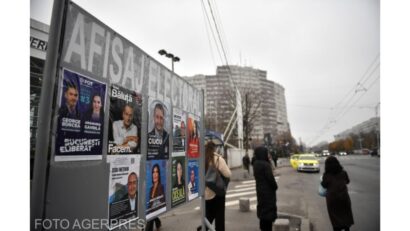
Bucharest and other counties across Romania are hosting local elections this Sunday
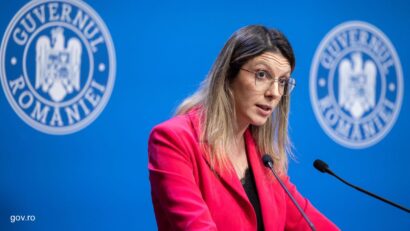
The crisis at the Paltinu Dam left over 100,000 people in southern Romania without drinking water and led to the partial shutdown of one of the country's most important power plants

This weekend will see a historical derby pitting Bucharest rivals FCSB and Dinamo.

The latest developments in the peace talks between the two countries
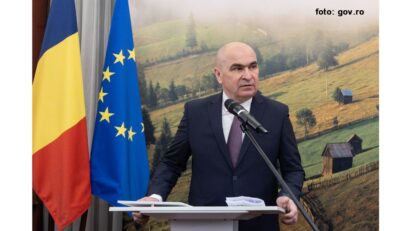
The cooperation between Romania and Austria will be further developed, especially in the economic and energy sectors.

NATO will continue to provide military support to Ukraine in the absence of any certainty regarding peace negotiations.
Currency Converter RON/EUR: Sat, 6 Dec.

The latest from the Romanian labour market
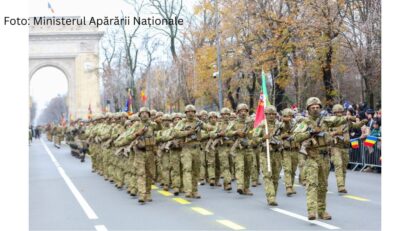
Allied soldiers parade and salute on Romania's National Day

A roundup of news on the Romanian labor market

A roundup of news on the Romanian labor market

Every year, on November 11, veterans of theaters of operations are celebrated.

Her vision is to bridge cultures through art, elevate Romanian artists internationally and use exhibitions as platforms for dialogue on history, identity, and global solidarity.

Romanian high school students will once again be able to study for a year in American schools and live with a host family
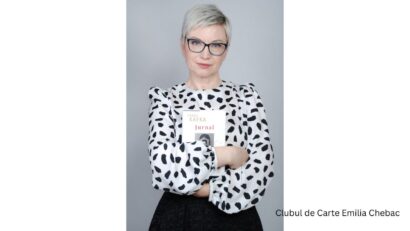
The Emilia Chebac Book Club, a vibrant literary community in Bucharest that celebrates diverse stories and meaningful conversations.

Everything you need to know about Romania in less than 60 minutes
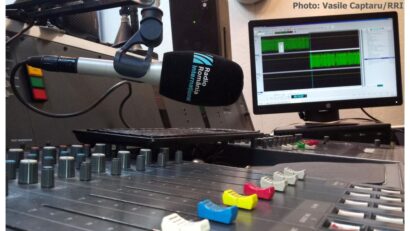
Everything you need to know about Romania in less than 60 minutes

Everything you need to know about Romania in less than 60 minutes

Between the 16th Century and the early 19th Century, a practice was in place of gifting monasteries

Disinformation has become a global phenomenon, with the potential to influence elections, polarize societies and put a strain on international relations.
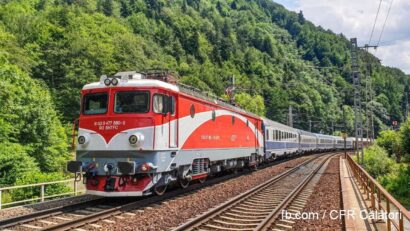
The story of a famous train, told by a local writer.
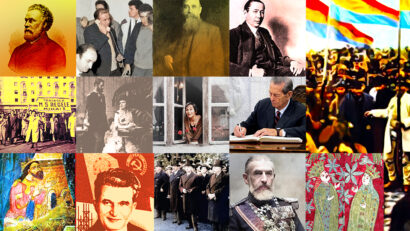
On December 1, 1918, Transylvania united with the Kingdom of Romania, laying the groundwork for Greater Romania.
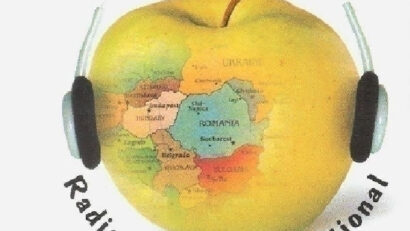
A special broadcast marking Radio Day

Radio Romania International celebrates Radio Day in Romania, on November 1, with a new podcast platform.

RRI broadcast frequencies valid as of October 26, 2025 to March 28, 2026:

We invite you to be part of “Listeners’ Day” on Radio Romania International on November 2

RRI broadcast frequencies valid as of March 30 to October 25, 2025:

A malfunction has been recorded at one of the transmitters in Tiganesti, and we will temporarily be broadcasting on different frequencies.
